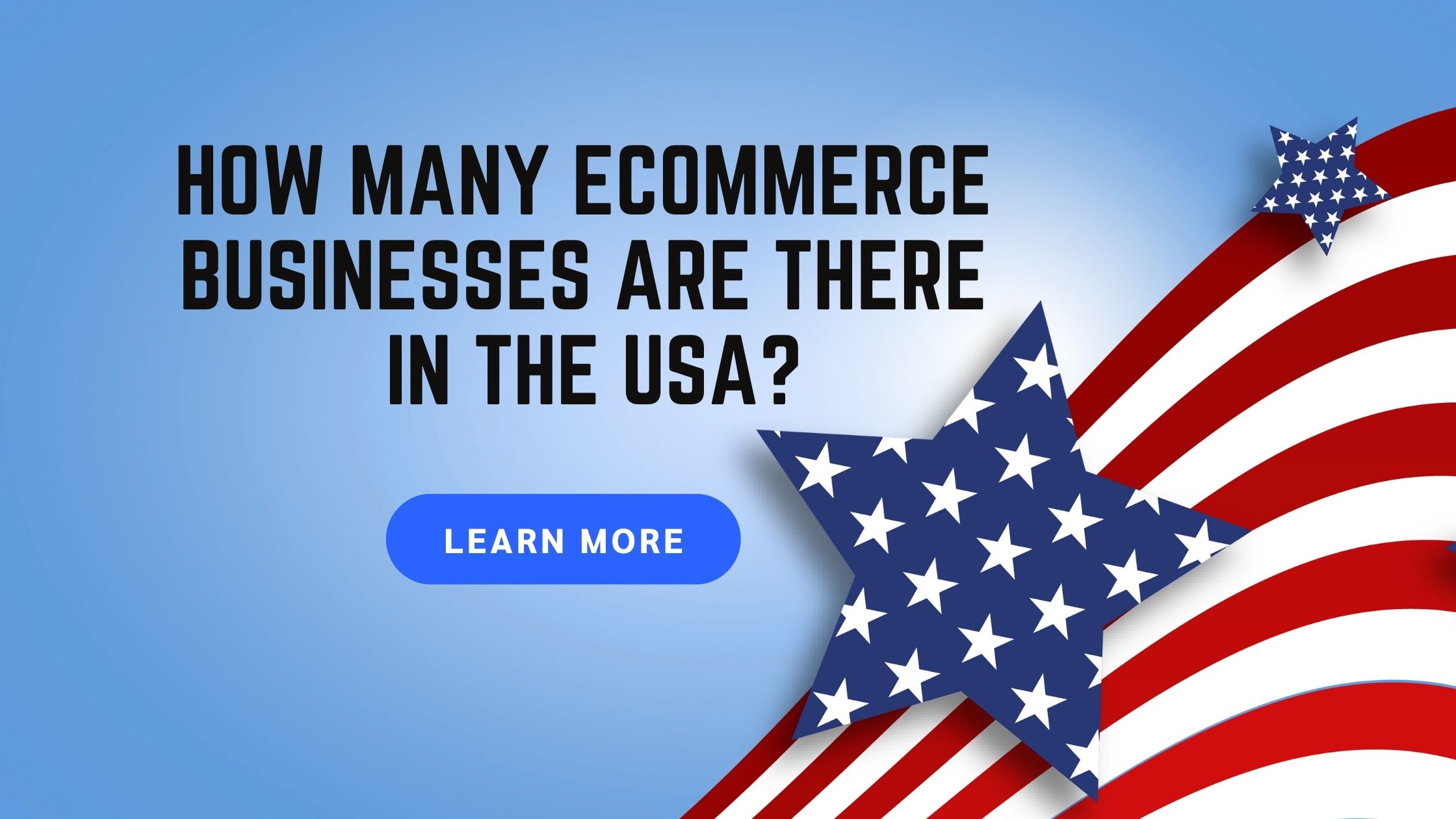How Many Ecommerce Businesses Are There In The US?
There are estimated to be over 9.1 million online eCommerce businesses worldwide, with over 2.5 million of them located in the United States.
In recent years, ecommerce has experienced a massive surge in popularity, with more and more businesses shifting their operations to online sales. This trend has been particularly pronounced in the United States, where ecommerce has grown to become a major force in the economy.
Here, we will explore the question of how many ecommerce businesses there are in the US, examining the various factors that have contributed to the rise of ecommerce companies and the ways in which businesses are leveraging this trend to drive growth and success.
From small independent brick-and-mortar retailers to online shoppers to major corporations, ecommerce has become an essential part of the American business landscape, and understanding its scope and impact is essential for anyone looking to succeed in the modern economy.

Ecommerce In The USA
The eCommerce industry has become a significant player in the retail sector, with over 2.5 million online retailers in the United States and 9.1 million worldwide. This immense market has attracted a vast number of customers, both marketplace sellers, with around 2.05 billion people purchasing and selling products online every year.
In 2019, the global value of eCommerce sales reached an impressive $3.5 trillion, demonstrating the scale of its impact on the global economy.
One particular segment of the eCommerce market that has witnessed exceptional growth is the fashion industry. In 2021, it’s expected to be worth $142.8 billion worldwide, driven by the increasing popularity of online shopping.
Mobile devices will also play a crucial role in this growth of million ecommerce market size in the front, accounting for approximately 72.9% of all online orders, highlighting the need for retailers to optimize their websites for mobile devices.
However, along with the advantages of online shopping come certain challenges for fulfillment companies, such as product returns. Return requests for retail sales account for approximately 30% of all online purchases, highlighting the importance of having a robust returns policy and a seamless customer experience to mitigate the impact of product returns on the business.

How Ecommerce Started
Ecommerce, has come a long way from its early days. It took nearly 20 years for it to gain popularity among consumers, with a few technological breakthroughs along the way.
In 1969, CompuServe was the first company to offer online business services, but only for business-to-business transactions. A decade later, retired engineer Michael Aldrich invented teleshopping, which paved the way for eCommerce sites. By 1982, the first online shopping marketplace, the Boston Computer Exchange, was created and was mostly used by academic institutions.
The first retail eCommerce sale happened in 1994 when two friends exchanged a Sting CD, thanks to powerful data encryption software. From there, the total eCommerce sales business began to grow exponentially, with web usage increasing by 2,300% per year.
The mid-1990s saw the rise of eCommerce giants like Amazon and eBay, both emerging in 1995. Within a month of its ecommerce website launching, Amazon had already sold items to customers in all US states and 45 other countries.
In 1998, PayPal was introduced, providing a safer and easier payment option. In 1999, Alibaba was founded with over $25 million in funding and became profitable in 2001.
Overall, eCommerce has evolved significantly over the years, and it’s now an essential part of the global retail sales and retail industry, with many consumers preferring to shop online.
More pages you’ll enjoy
Do You Need An LLC For Dropshipping
Can You Make Money With Dropshipping in 2023?

Ecommerce Statistics You Must Know in 2023
Here are some key eCommerce statistics you should know in 2023:
1. Email Statistics

B2B eCommerce campaigns that provide effective content for each phase of the customer journey tend to see success. This means that emails should be tailored to the recipient’s interests and needs throughout the buying process.
According to Statista, the majority of consumers (61%) prefer to be reached by brands via email. This makes email a crucial component of any marketing strategy, as it is a preferred method of communication for many consumers.
Email marketing is an incredibly effective way to generate a return on investment (ROI). According to OptinMonster, for every $1 spent on email marketing, businesses can expect an average return of $44, representing a 4400% ROI. This is significantly higher than other marketing channels.
Welcome emails are an important part of the email marketing strategy for many online retailers. According to Smart Insights, 58% of the top 1,000 US online retailers send welcome emails to new subscribers. This is because welcome emails can help build a relationship with the customer and encourage them to make a purchase.
2. Social Media Statistics
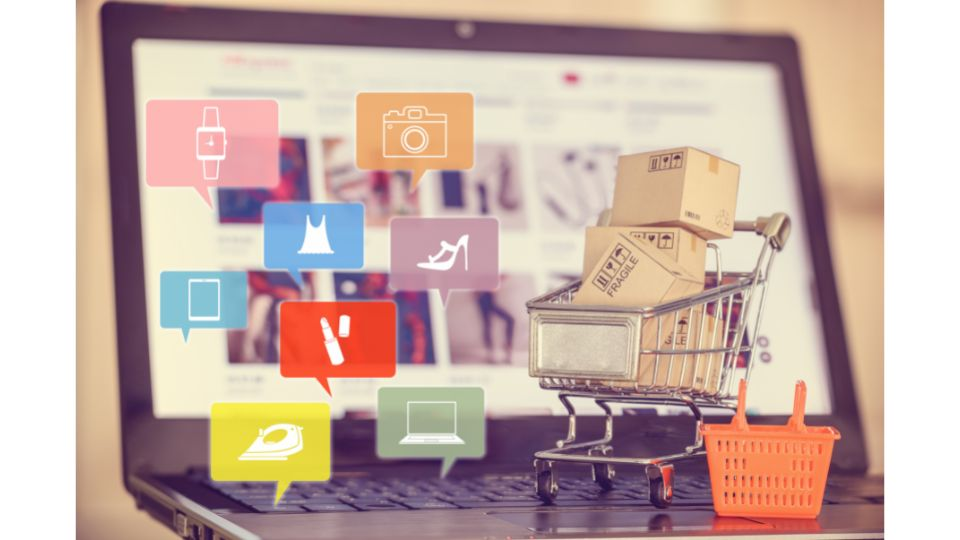
25% of shoppers in the US check social media before purchasing a gift for their friends or family. This highlights the importance of social media for brands and retailers to engage with their audience and showcase their products.
Online stores with a well-developed social media presence generally have an average of 32% increased sales as compared to those that don’t have one. This statistic shows that having a presence on social media can significantly impact a business’s bottom line.
It can help brands connect with their audience, build brand awareness, and increase customer loyalty.
On its Facebook page, the typical eCommerce site writes 4.55 updates every week. This frequency of posting helps firms to stay visible and communicate with their audience on a consistent basis.
74% of customers make purchase decisions based on their social networks. Social media has become a valuable source of information for consumers, especially when it comes to making buying decisions. Brands and retailers can leverage this trend by creating engaging content that informs, educates, and entertains their audience.
Facebook accounts for 85% of social media orders. Facebook has been the leading social media channel for eCommerce, having the highest conversion rates when compared to other social media sites. Brands and retailers can use Facebook to showcase their products, offer promotions, and engage with their audience.
3. Mobile Statistics

93% of millennials use a mobile device to compare internet offers. This demonstrates the significance of mobile optimization for ecommerce organizations.
Smartphones account for 40% of all internet purchases made during the Christmas season. This emphasizes the need for mobile-friendly websites and a quick checkout procedure.
When in a store, 65% of consumers use their mobile devices to compare prices. This exemplifies the showrooming trend, in which shoppers explore things in actual locations before purchasing them online for a lower price.
After reviewing product information on their mobile devices at a real store, 32% of customers change their minds about acquiring things. This demonstrates the significance of providing customers with accurate and helpful product information in order to prevent losing purchases.
In the United States, 82% of internet users have used a mobile device to purchase online. This emphasizes the rising relevance of mobile commerce and the need for organizations to prioritize mobile optimization.
4. Shopping Cart Statistics
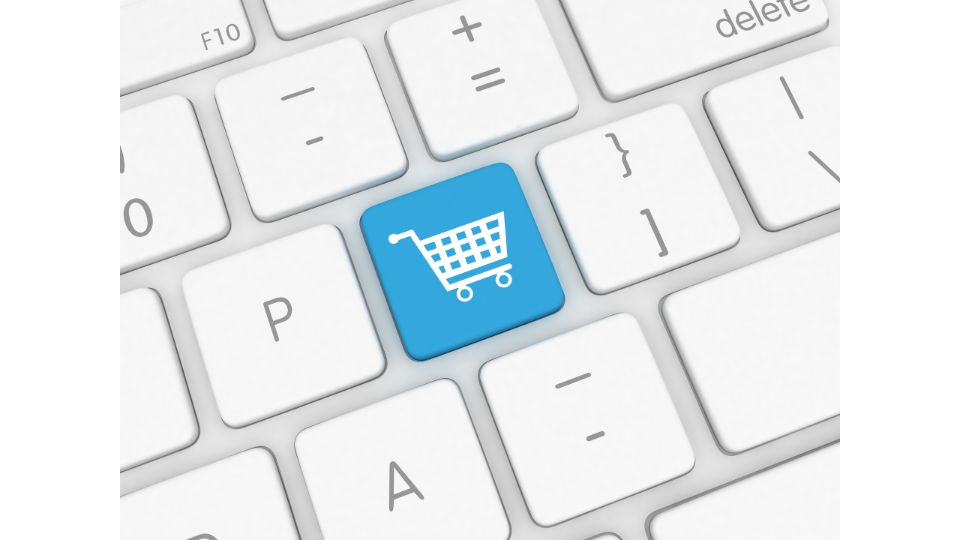
Offering free shipping can increase profits for almost half of small to mid-sized businesses, according to 46.5% of them.
Requiring customers to create an account during checkout can result in an immediate cart abandonment rate of 23%.
The average cart abandonment rate across all industries is 69.89%, which means that almost 7 out of 10 shoppers leave their items in the cart without completing the purchase.
Exit-intent popups can help recover 53% of abandoning visitors, which are visitors who are about to leave your website without making a purchase.
Slow-loading websites increase the cart abandonment rate by 75%, which means that 3 out of 4 shoppers are likely to leave the website if it takes too long to load.
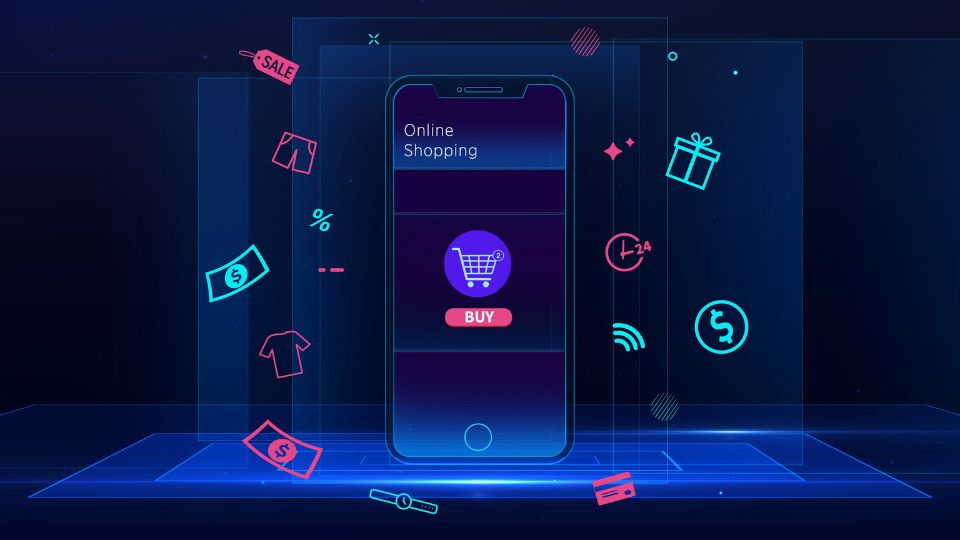
Key Contributing Factors
There are several factors that have contributed to the rise of ecommerce purchases online by companies in the US, including:
- Convenience: Ecommerce offers the convenience of shopping from anywhere and at any time, without having to physically visit a store.
- Cost-effectiveness: Online retailers can offer lower prices than brick-and-mortar stores due to lower overhead costs.
- Variety: Ecommerce offers a wider range of products than traditional stores, selling online, giving consumers more options to choose from.
- Personalization: Ecommerce allows for personalized shopping experiences through data-driven recommendations and targeted marketing.
- Mobile adoption: The increasing use of mobile devices for online and mobile shopping, has fueled the growth of ecommerce.
- Faster delivery options: Ecommerce companies have improved their delivery times, offering same-day or next-day delivery in many cases.
- Social media: Social media has become a popular platform for ecommerce companies to promote their products and connect with customers.
- Digital payments: The widespread adoption of digital payment methods has made online shopping more convenient and secure for consumers.
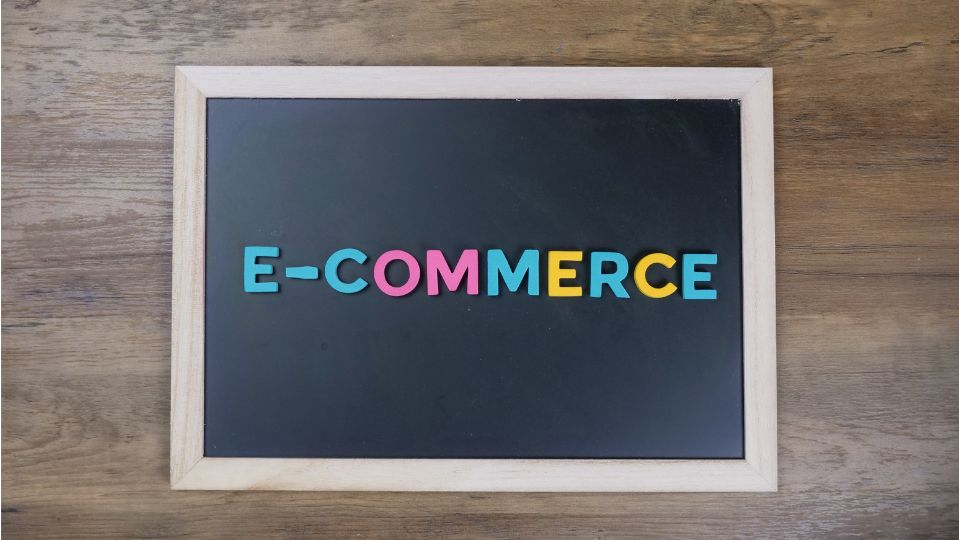
How Businesses Are Leveraging This Trend To Drive Growth And Success?
There are several ways in which businesses are leveraging the trend of ecommerce to drive growth and success. Some of these ways include:
- Developing online storefronts: Businesses are creating online storefronts to offer their products and services to customers. This allows them to reach a wider audience and expand their customer base.
- Creating mobile-friendly websites: With the increasing number of people using mobile devices to browse and shop online, businesses are optimizing their websites for mobile devices. This enables customers to easily access their products and services on their smartphones or tablets.
- Offering a seamless shopping experience: Ecommerce businesses are focusing on providing a seamless shopping experience to customers. This includes simplifying the checkout process, providing multiple payment options, and offering fast and affordable shipping.
- Personalizing the customer experience: Ecommerce businesses are using data and analytics to personalize the customer experience. This includes offering customized recommendations and promotions based on the customer’s browsing and purchase history.
- Integrating social media: Ecommerce businesses are leveraging social media platforms such as Facebook, Instagram, and Twitter to promote their products and engage with customers. This includes running targeted ads, sharing user-generated content, and providing customer support via social media.
- Embracing new technologies: Ecommerce businesses are embracing new technologies such as artificial intelligence (AI), virtual and augmented reality (VR/AR), and chatbots to enhance the customer experience and drive sales.
Overall, businesses are leveraging ecommerce to drive growth and success by reaching a wider audience, providing a seamless shopping experience, personalizing the customer experience, and embracing new technologies.

FAQs
What Is The Largest E-commerce In The USA?
Initially launched as an online bookstore, Amazon has grown into a massive online retailer offering an extensive product catalog that caters to almost every need. Jeff Bezos founded Amazon in 1994, and since then, the company has expanded its operations to almost every country across the globe. Today, Amazon is not just the top e-commerce store in the United States but also a leading player in global e-commerce and online marketplaces.
Which Ecommerce Platform Is Best For Small Businesses?
The best ecommerce platform for a small business will depend on its specific needs and budget. However, popular online selling options for small businesses include Shopify, WooCommerce, and BigCommerce.
Which Is The First Ecommerce Company?
The first ecommerce company is considered to be CompuServe, which launched web sales through its Electronic Mall in 1984.
What Are The Most Popular Ecommerce Platforms?
The most popular ecommerce platforms are Shopify, WooCommerce, Magento, Salesforce Commerce Cloud, and BigCommerce.

